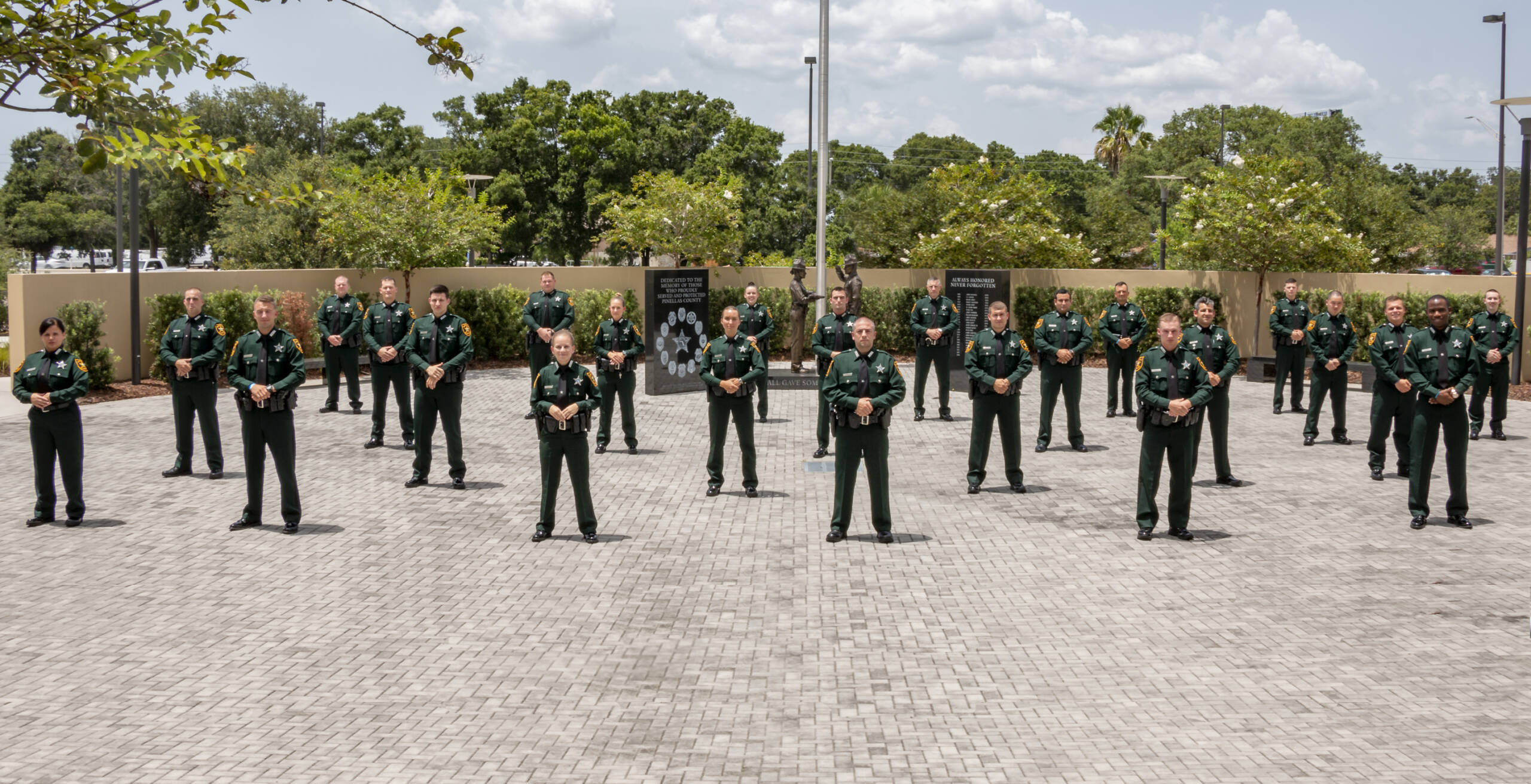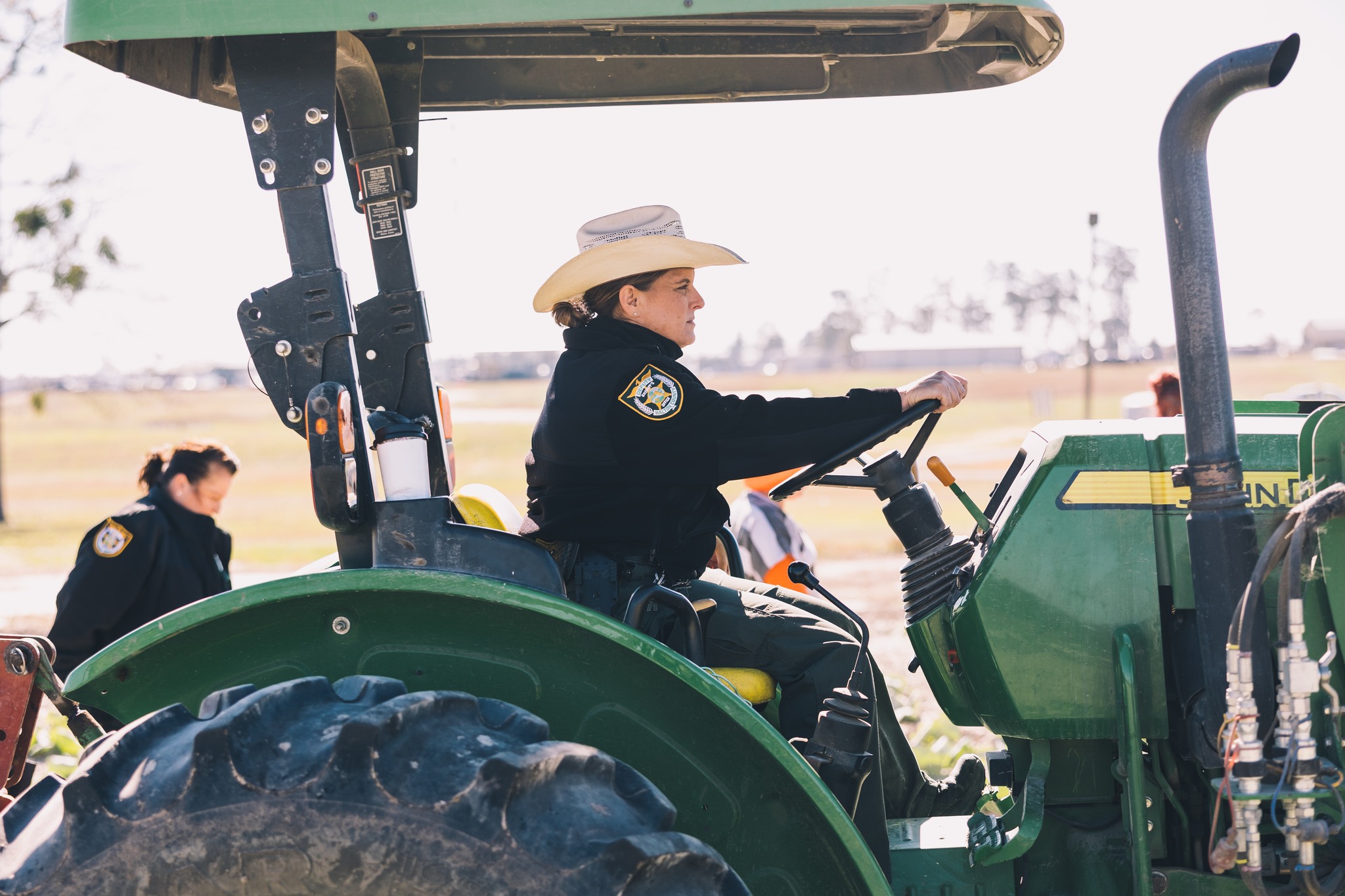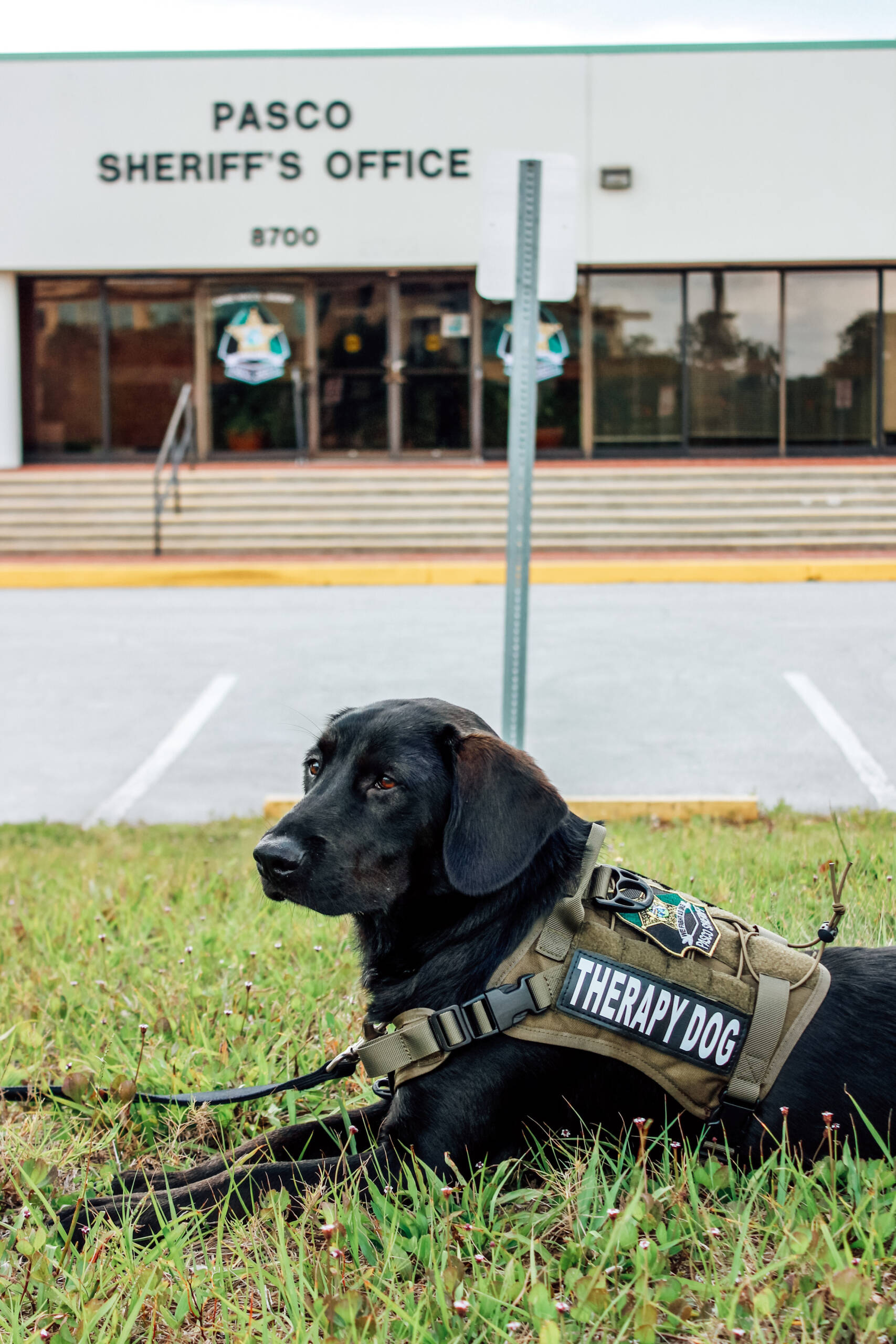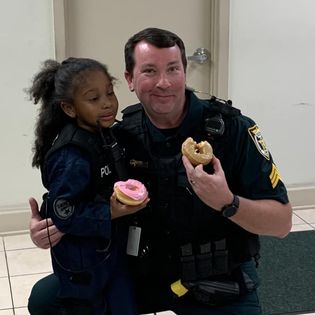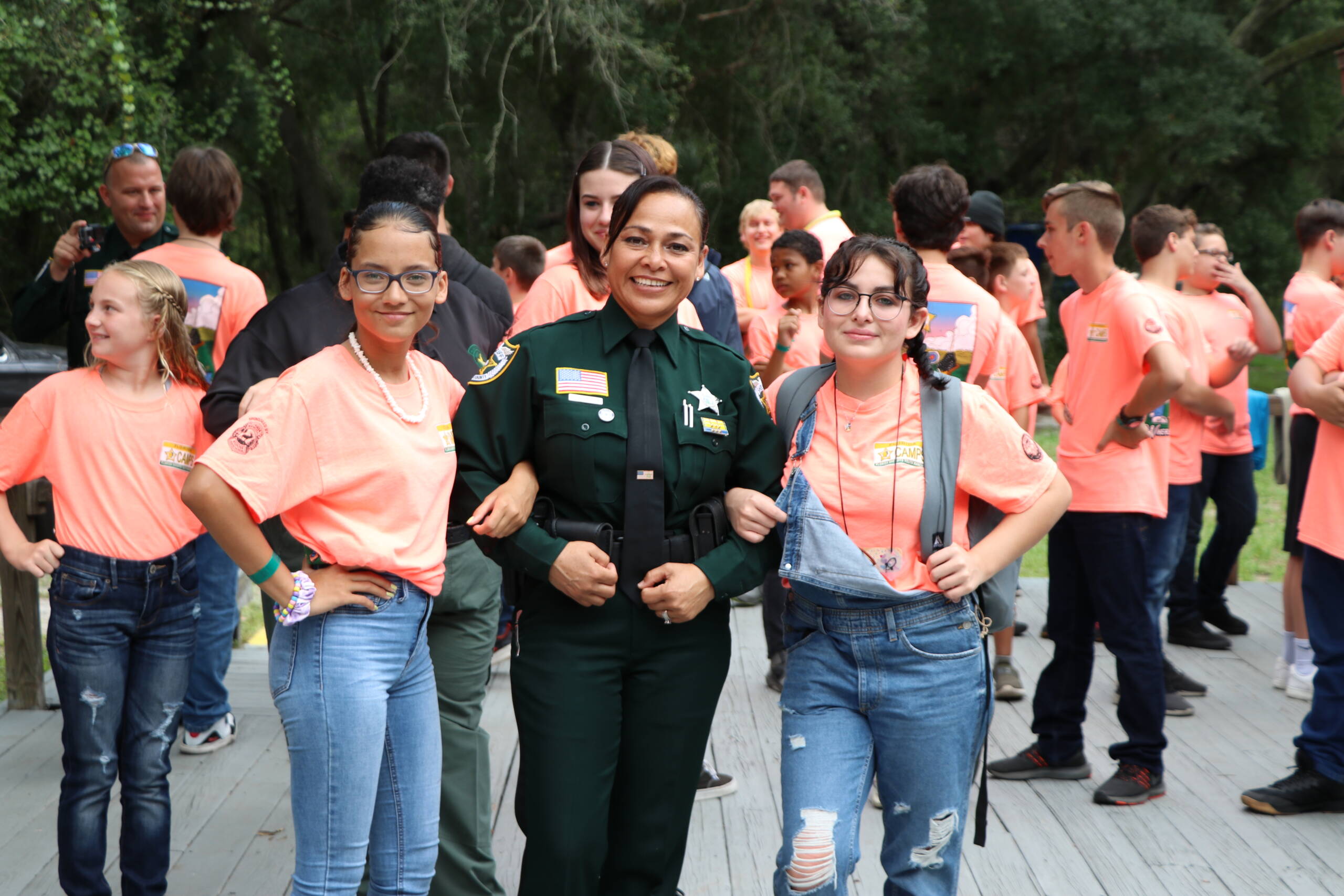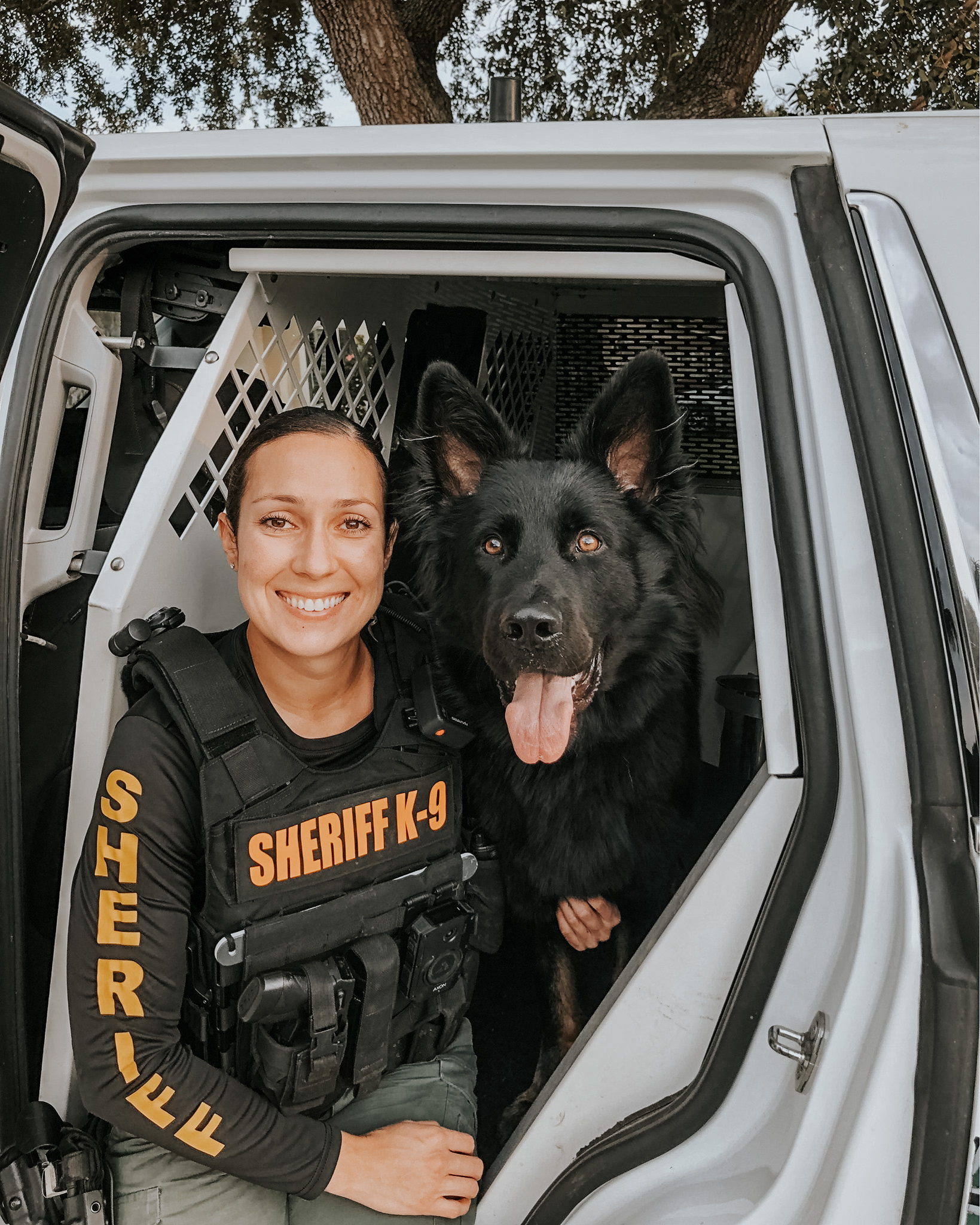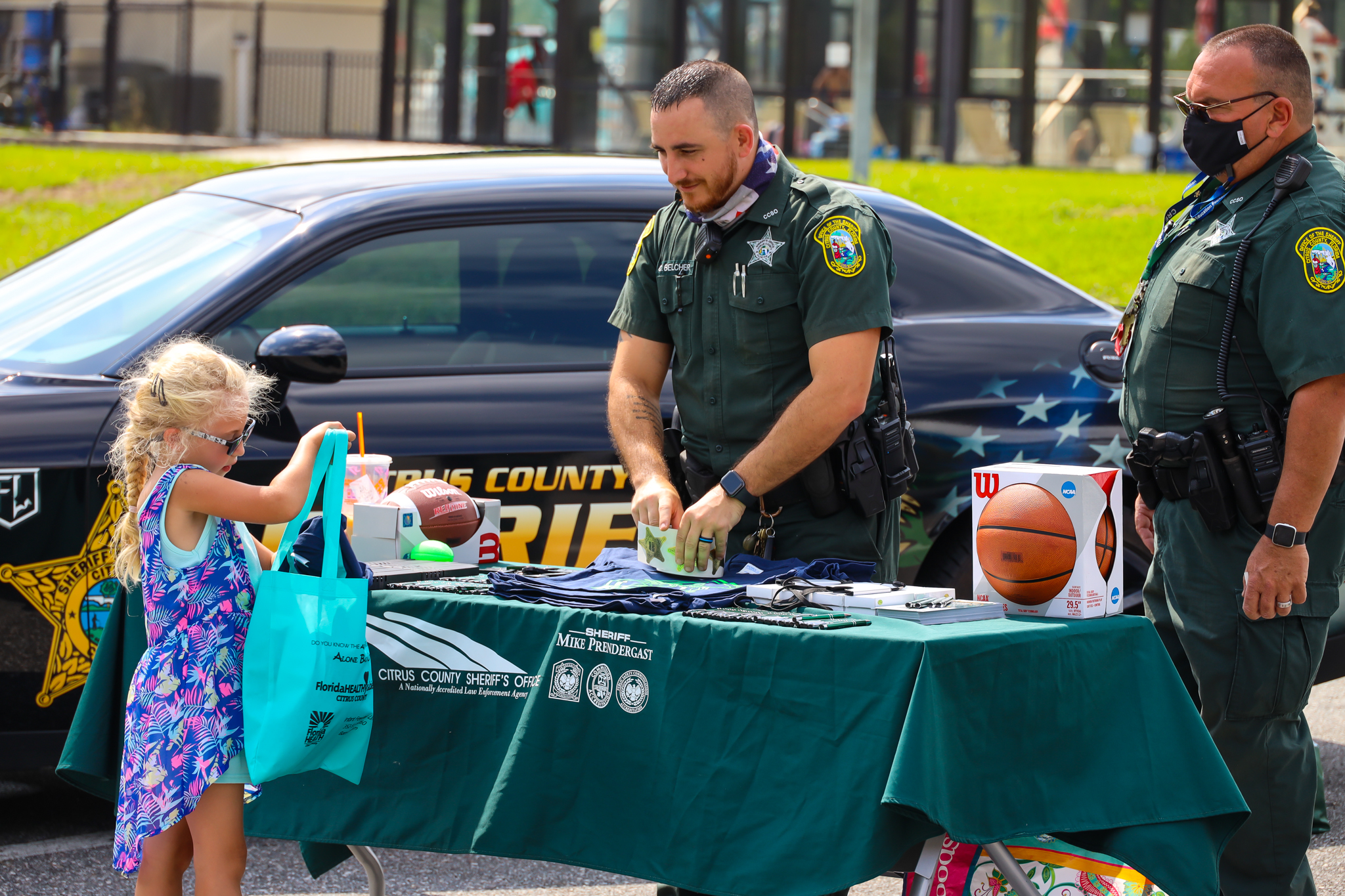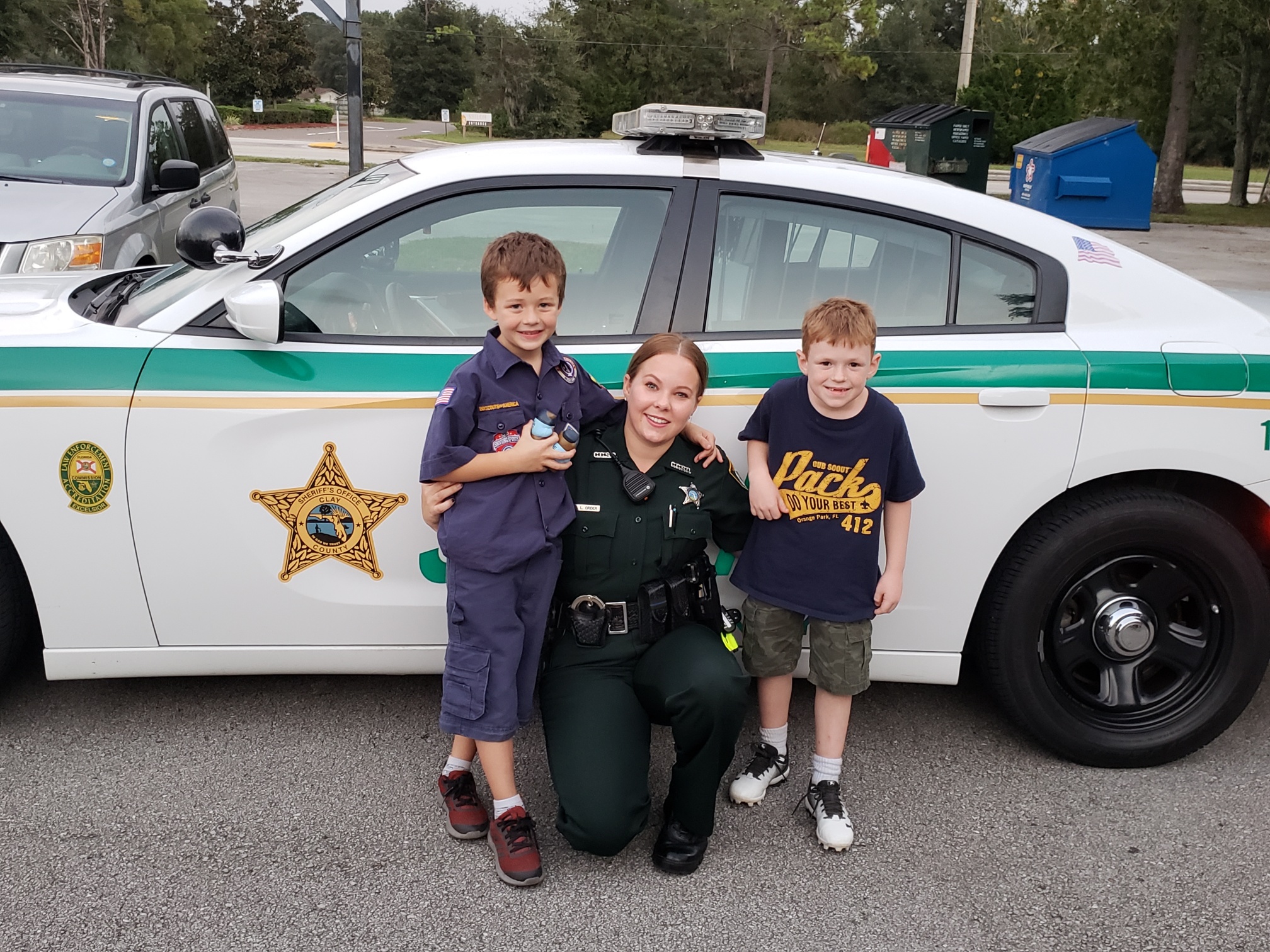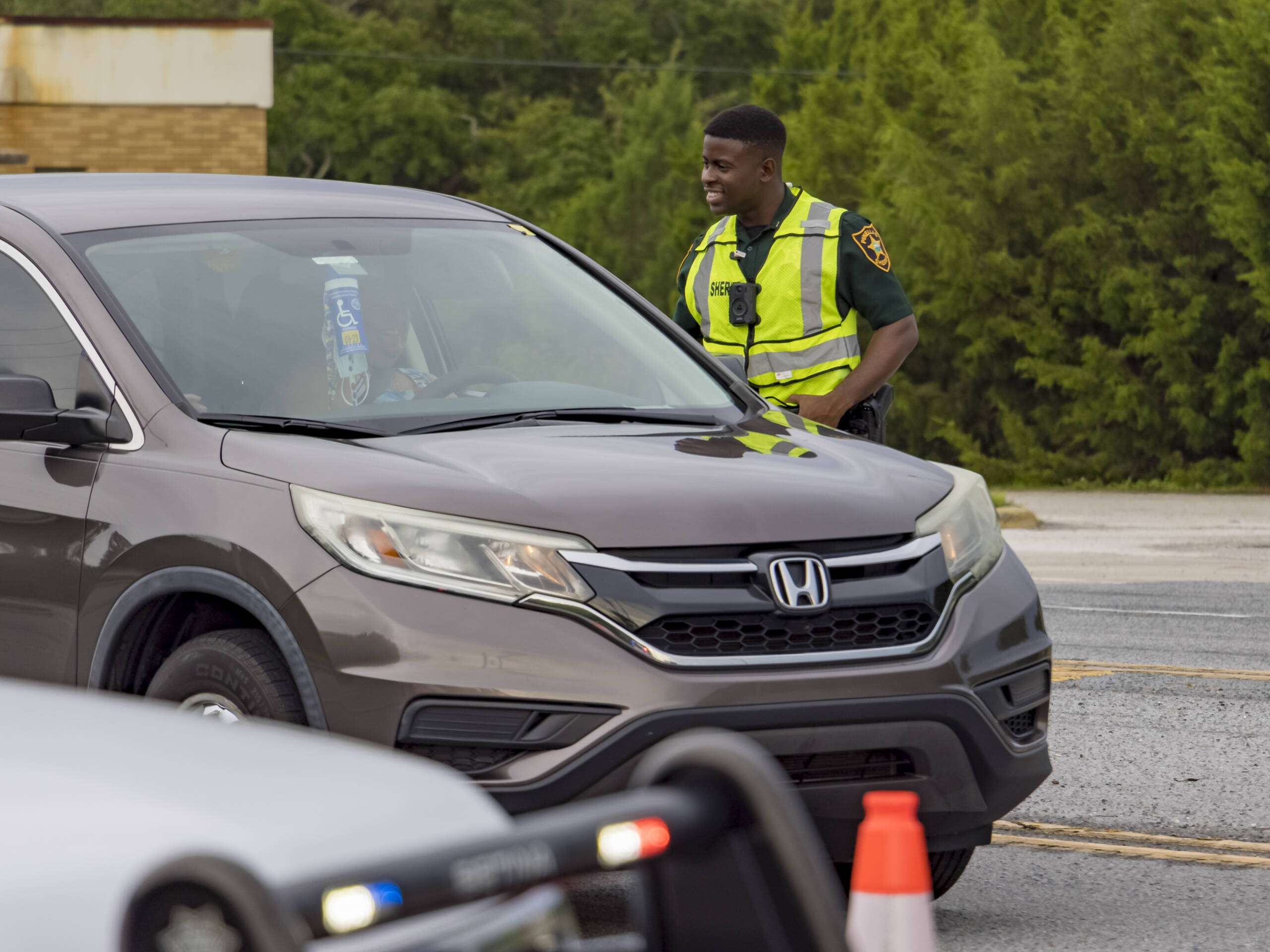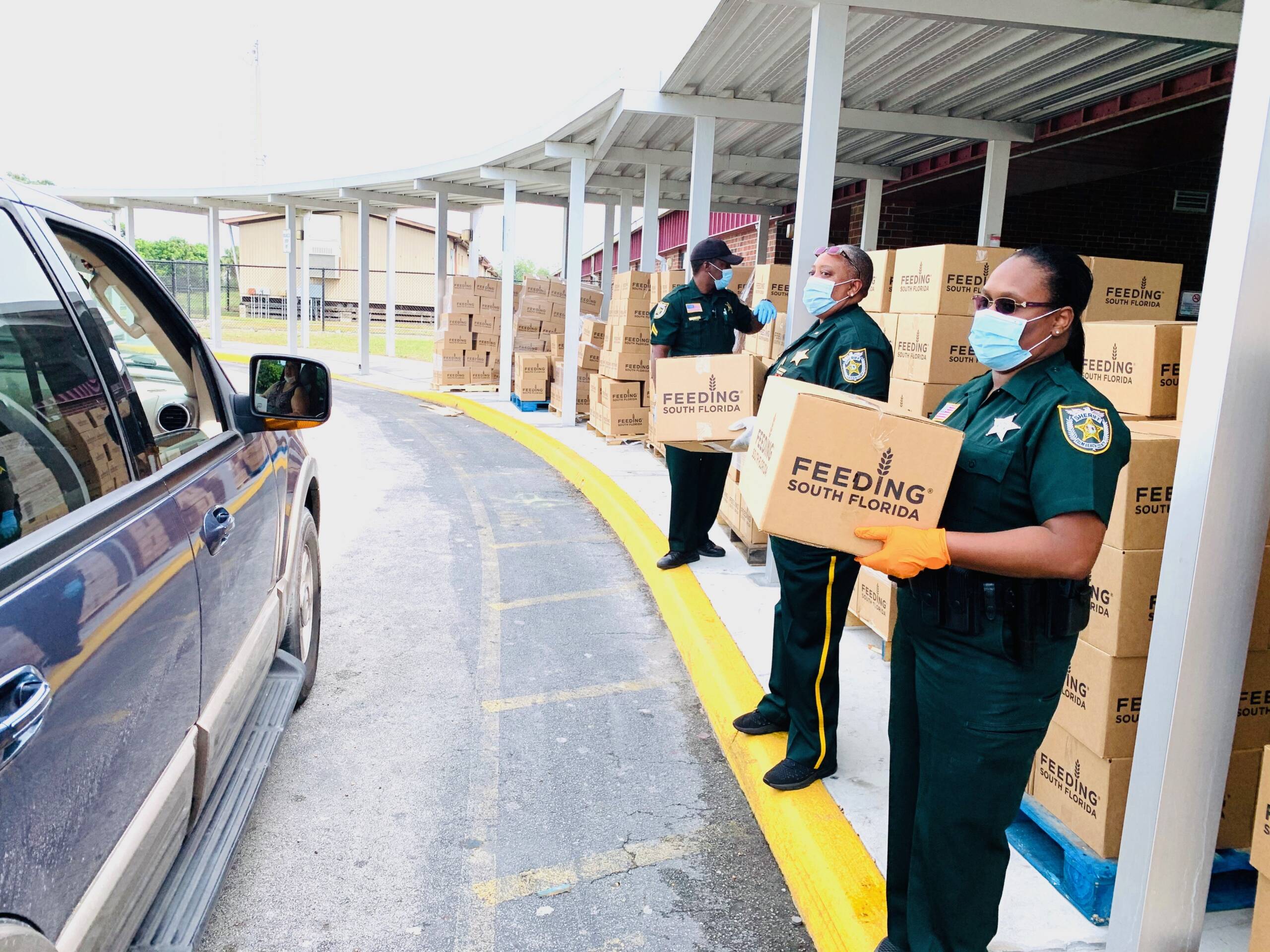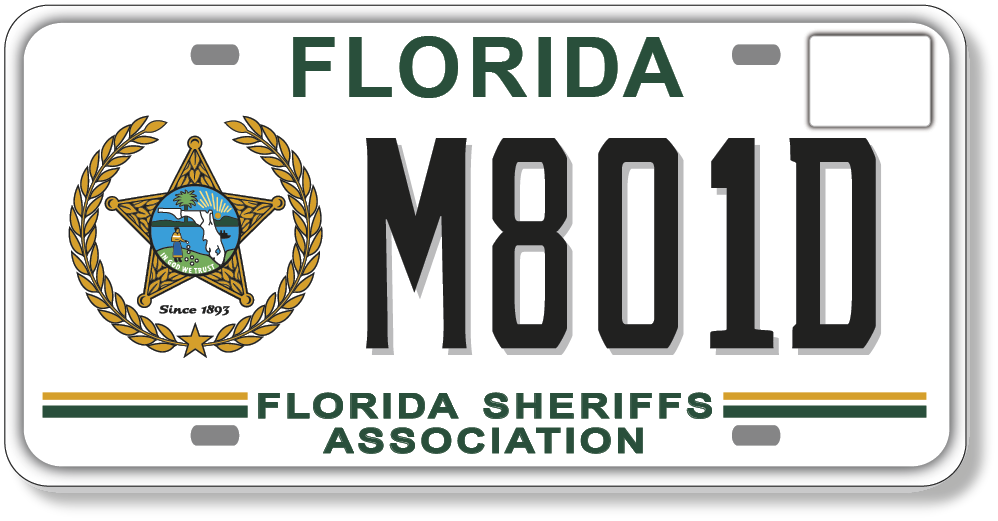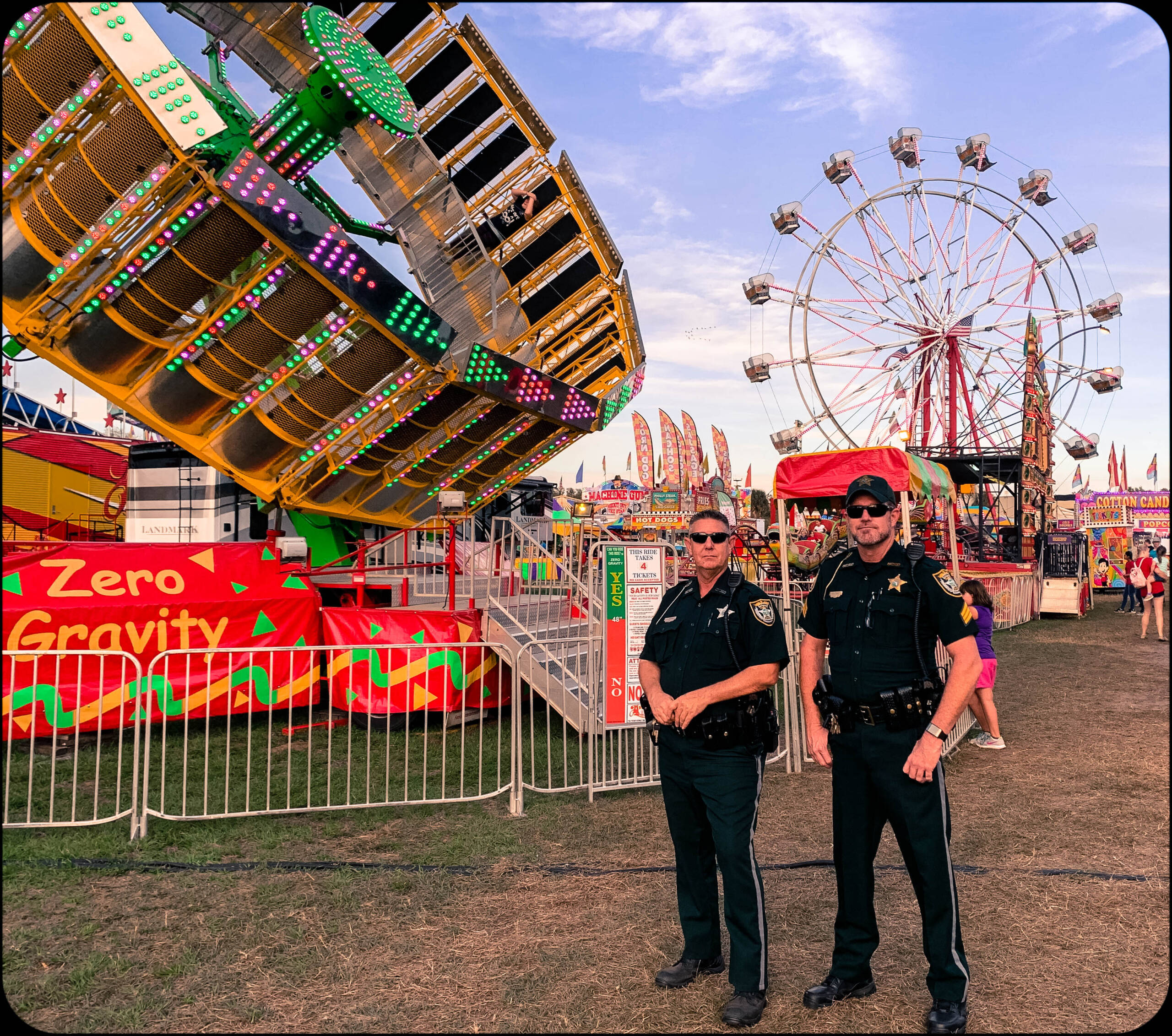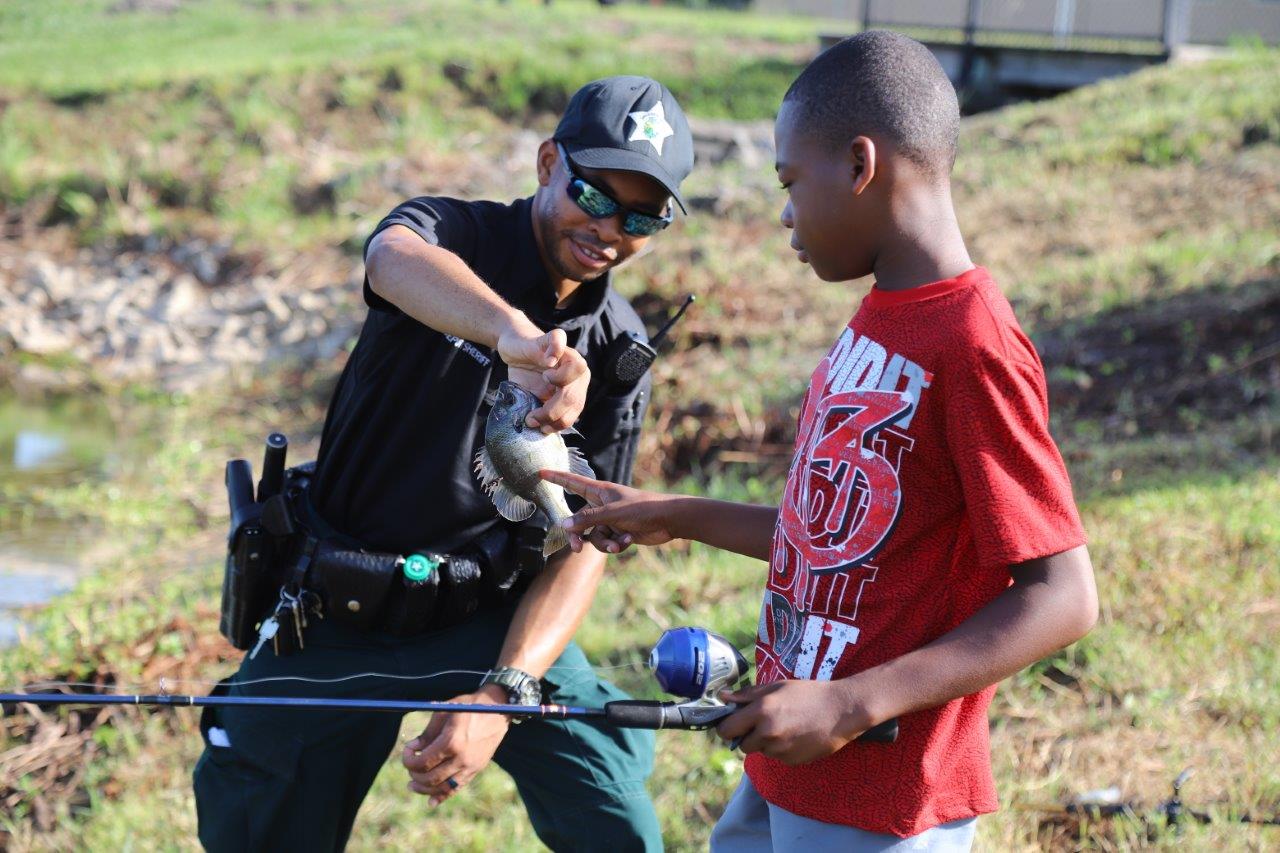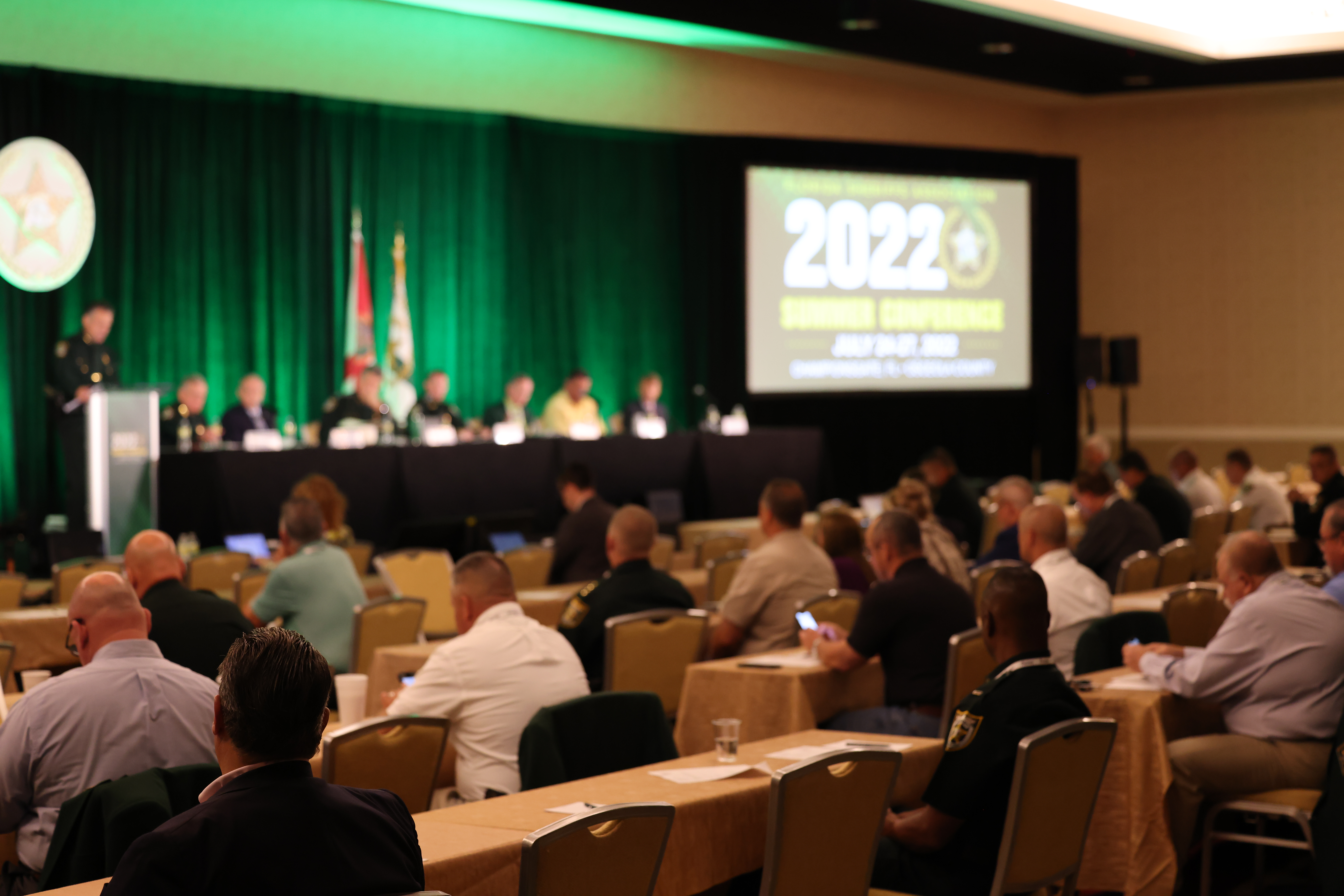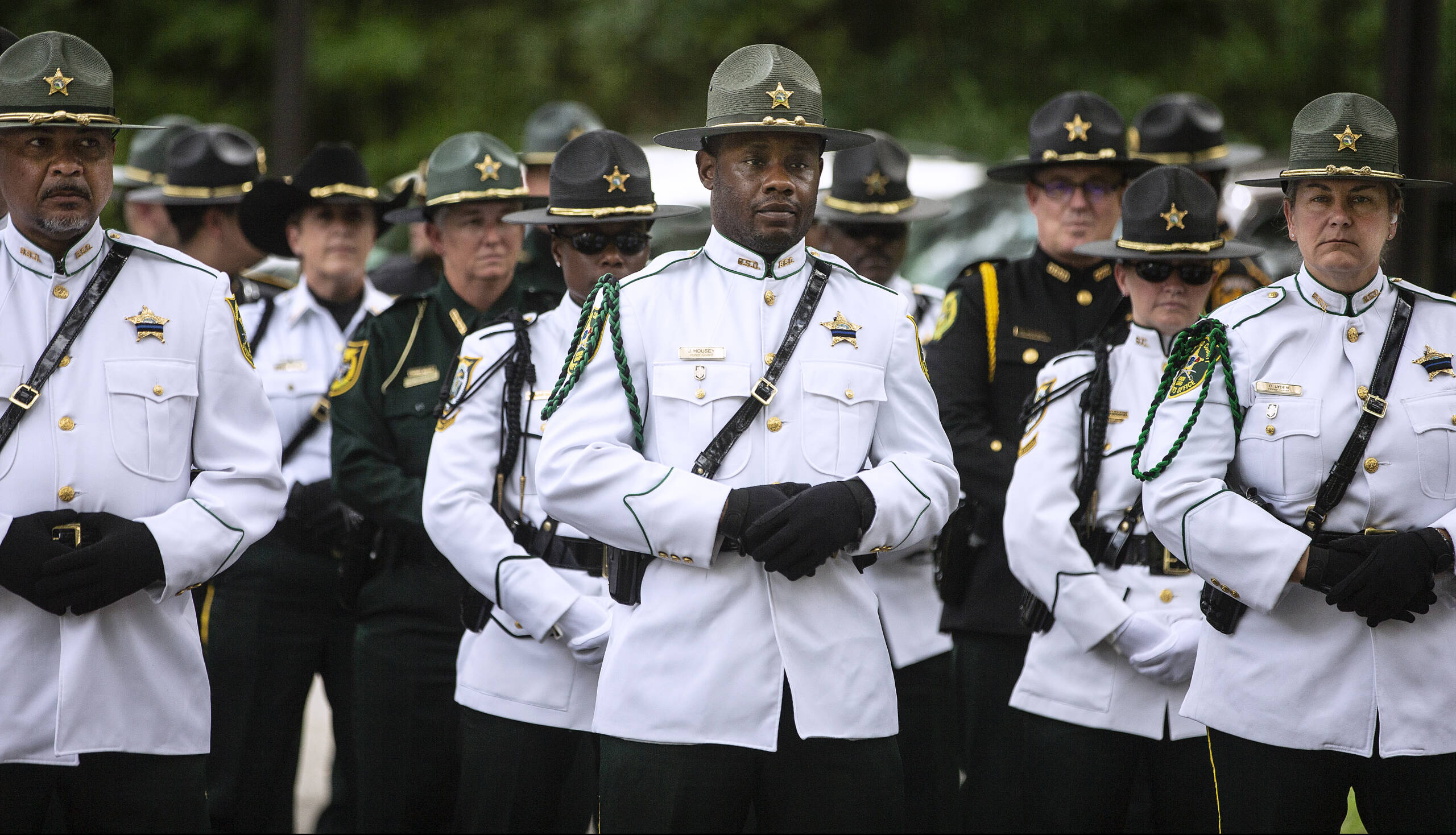Public Safety Tip: Missing Children Prevention Tips
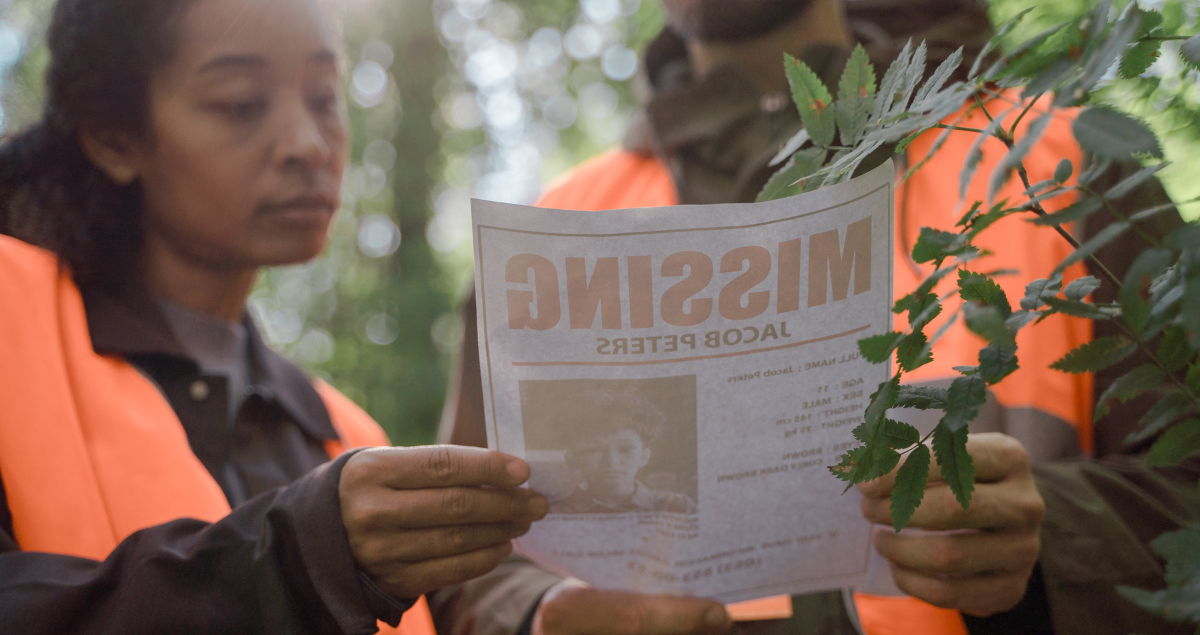
Missing child prevention begins with child safety discussions and plans. Although child abductions are rare, children can get lost or go missing for many reasons. A child is more likely to be harmed by someone they know than a stranger. Here are ways to help your family prepare for different situations.
Missing Child Prevention Begins at Home
It is essential to begin missing child prevention discussions at a young age so that it becomes natural for children to be mindful of their surroundings. Teach the importance of keeping doors and windows locked and garage doors closed. Make sure they don’t let others know they are home alone or open the door to strangers, and frequently review safety rules for Internet use.
Have a family code word that is easy to remember, and practice using it. Discuss how it will be used with your child, and once the code word has been used outside of the family, change it.
Help your child get into the habit of checking in with you when they leave from and arrive at destinations. Practice how to spot danger and how to respond to potential questions from strangers. Be the parent who says “no” to names on shirts, jackets, bags and jewelry.
Traveling to and from School
Partner with other neighborhood parents to help monitor child safety at the bus stop, and teach your child not to accept offers to wait in unapproved vehicles, even during extreme temperatures or rain. If your child misses the school bus, tell them not to accept a ride from another person unless pre-approved. Make sure they know to contact you first.
If your child walks to school, help coordinate a neighborhood group that walks together on an agreed-upon route with no short cuts. If your child notices unusual cars or adults that make them uncomfortable, teach them to speak up to you, the bus driver or the principal. See something, say something is an important piece for missing child prevention.
In the Neighborhood
Teach your child to use the buddy system and what your expectations are for them. Discuss who is an approved buddy, which homes they are allowed to go inside and how to be a good buddy. Make sure they know how to handle being offered candy, drinks and snacks, being asked to find a lost puppy, coming closer to the vehicle to answer a question and giving directions.
Send a drink container with a closed lid, and have them fill their own drinks when they are at someone else’s home. Teach your child that, “Let me check with my mom/dad first,” should always be an acceptable answer in a safe situation.
Run, Scream, Fight
If your child ever feels unsafe, they should know it is okay to say “no” and walk away. They should never worry about being perceived as rude or disobedient. Children are often taught not to “make a scene,” so it is important that they know when it’s necessary. Practice stranger danger tactics, and make sure your child knows to try to get away.
Safety-First Communication and Safe Places
Make sure your child understands safety first. They need to feel comfortable discussing an uncomfortable situation instead of worrying about getting into trouble or getting someone they know in trouble.
Establish safe places within your neighborhood and community, and practice what to say upon arrival. In an emergency, your child will be frazzled, and muscle memory will kick in, allowing them to get to a safe place from previous practice.
Your child also needs to know that it’s always safe to come back home, even if they ran away or someone hurt them in some way. Assure them that you’ll always love and accept them, that you’ll make sure they get the help and services they need. And remind them that they can come to you when they are concerned about a friend, too.
Empower Your Children with Knowledge
Your child should know their first and last name, phone number and address, as well as their parents’ contact info. Your child should know how and when to contact 911 and practice what to say. Teach your child how to notice specific descriptions of people and vehicles.
Build a Child Safety Kit
In case the worst happens, you’ll want immediate access to information needed by law enforcement. Build a child safety kit that includes three to five recent photos (posed and candid) and fingerprints. If possible, include scent evidence and a DNA sample.
Write out a list of any regular medications along with a physical description of your child including hair color, eye color, height, weight, date of birth and special physical attributes like birthmarks or scars. Include specific contact info for medical and dental records, particularly if your child suffers from a chronic disease, as well as what your child normally does when they are scared.
Maintain a current list of your child’s friends and their parents’ contact info as well as a copy of your custody order if applicable. Keep a digital copy of all info in your phone. Kids grow and change quickly, so you’ll want to update at least twice a year.
What to Do if Your Child is Missing
First, take a breath and assess your surroundings. Search your immediate area to make sure your child didn’t wander off or hide nearby. If you have used assistive technology, such as a Smart phone, watch or air tags, see if you are able to track your child’s location. If you cannot locate them, contact law enforcement immediately as well as onsite security if available. Contact your neighbors, your child’s friends, school, nearby relatives or anyone else you think may have knowledge of your child’s location.
When law enforcement arrives, provide info from your child safe kit, and alert them to any special needs as well as physical or mental health concerns. If your child is neurodivergent, make sure to communicate that to the 911 dispatcher as well as the officers who arrive to help.
Contact the Missing Endangered Persons Information Clearinghouse at 1-888-FL MISSING (356-4774) for additional assistance, and follow advice regarding sharing information online, making fliers and searches.
All community members play a critical role in missing child prevention and child safety. Continue to educate yourself and your family and reach out to your local sheriff’s office in an emergency.
The Florida Sheriffs Association is committed to helping you stay informed and safe. You can read more crime and public safety tips here.



